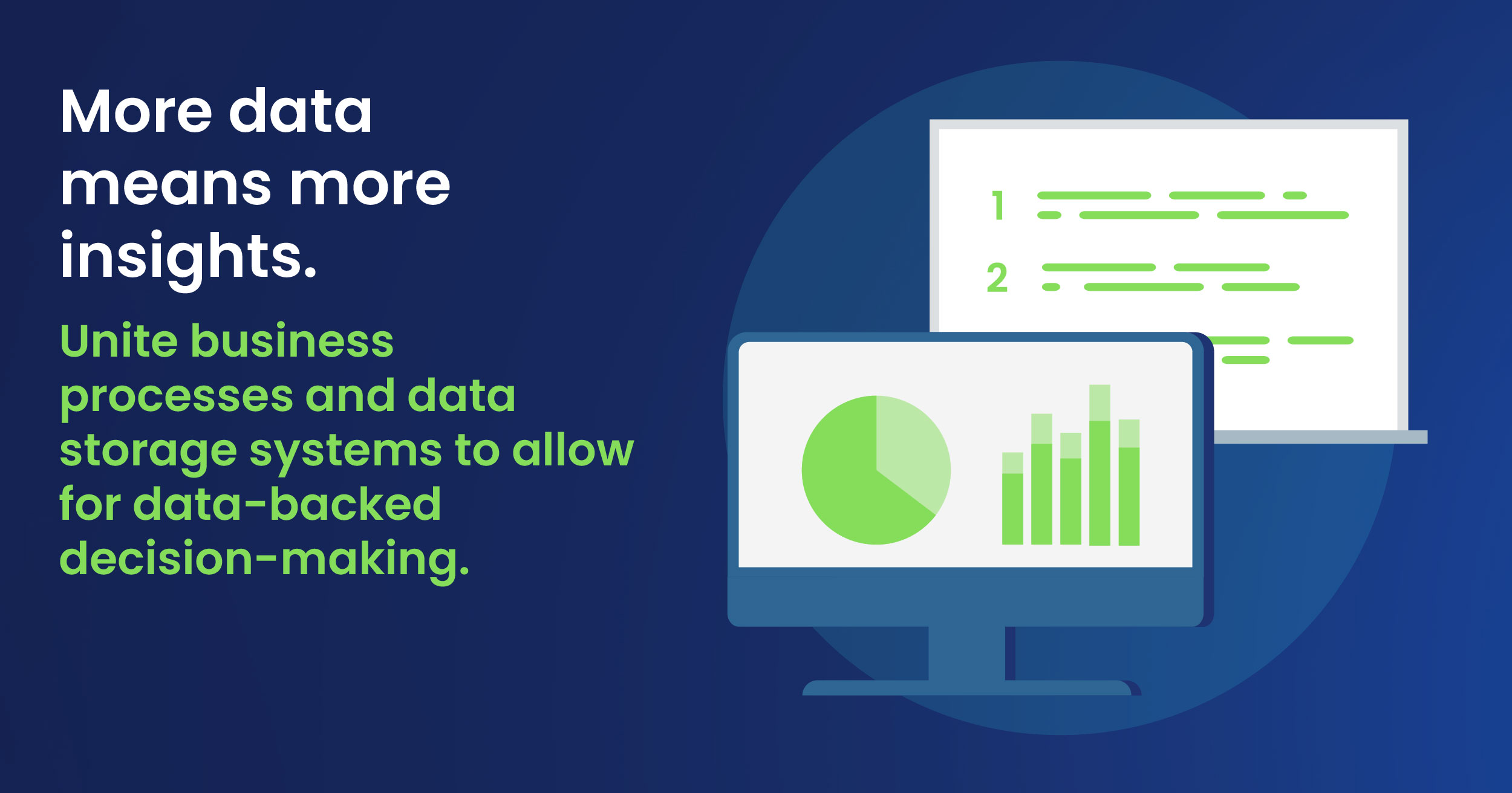
Mobile robots, conveyor belts, schedulers, and other automated solutions are designed to handle the manual labor and data capture in the lab, freeing scientists to analyze data and get things done. Periodically, it is important to evaluate the automation in a lab to ensure that scientists are getting the most out of their existing systems and to determine whether they can use them in new ways. In this post, we cover five great ways that scientists can get more out of their automation.
#1. Revisit recent changes to the lab's goals.
Scientists typically have specific needs and concerns in mind when they buy their first automated solution. A few years (sometimes even just months) down the road, those priorities might have shifted. This shift might be temporary, like the repurposing many labs did during the COVID-19 pandemic to support rapid testing. But there are other situations where scientists focus on a new research direction or set different goals for the lab. 
These inflection points are a great time to assess whether the systems in place are operating optimally. Consider these tips to get started:
- Make a list of all of the automated workflows currently used in the lab.
- Create a second list of the automated workflows needed for the lab’s revised vision and goals.
- Solicit feedback from everyone in the lab to assess which workflows or parts of workflows operate well and where there could be improvements or changes to fit the new goals.
- Assess whether the solutions in the lab can be modified to fill in the gaps or where new systems are needed.
#2. Connect more workflows and remove existing silos.
When scientists understand how automating lab processes can drastically improve productivity, they might be ready to charge forward as fast as possible. We typically recommend starting slowly and automating one process at a time to stay on budget and give staff time to get used to the new system.
Moving too fast too soon can sometimes lead scientists toward a series of disconnected workflows that are unable to properly communicate. Workflow fragmentation can also happen depending on dependencies that workflows and experiments have on each other.
Instead of rebuilding an automation solution from scratch, look for opportunities to connect the individual workflows for an even more seamless experience. This is also a good time to explore all the features that automated solutions offer. There may be additional capabilities that have not been unlocked yet that can help scientists save additional time on existing processes or run more samples per day.
#3. Explore ways to bring in even more data.
The days when scientists had to write results in physical lab notebooks are long gone. Most devices used in labs today are designed to capture and store detailed digital data about samples and workflows. 
Another way to maximize the potential of automation is to explore additional ways of capturing data and metadata about workflows and processes. Automated software comes with specialized capabilities that let scientists capture, visualize, and share data gathered from disparate devices. These solutions provide the most comprehensive picture of all lab processes, samples, and experimental results. Our Green Button Go solution, for example, gives scientists the ability to capture experimental results as well as information on samples, when experiments began and how long they lasted, lab conditions during the experiment, and how long samples sat on the lab bench.
Once data is accessible, it’s more seasmless to unite business processes and data storage systems to allow for data-backed decision-making in the lab.
#4. Consider new modular approaches and technologies.
When most scientists think of lab automation, they are generally thinking of large, static systems that run exactly the same way every time. This is the old way of doing automation — complex, bulky systems that are inflexible and expensive to implement.
Newer automation systems are more modular, allowing scientists to combine components in different ways depending on the task, and then break them apart once the job is done. A key benefit of a modular approach to automation is that it extends the lab’s capabilities significantly without having to spend money on a new system. This functionality is especially valuable for scientists who have to run new workflows or experiments on short notice. They can simply pull needed components together to pick up samples, add the reagents, and deliver them to the centrifuge or some other system.
#5. Discuss goals with your vendor partner.
The developers of automation are often in the best position to offer guidance on how to maximize their solutions. As the lab’s goals change, it's important to keep the lines of communication open with the automation vendor. Good automation partners can provide feedback and useful suggestions for repurposing existing systems or help with unlocking new features to increase the lab’s throughput or capabilities. They can even help with connecting systems and workflows to help data and samples move more smoothly through the lab. 
Automating processes in the lab can be both a monetary and time-heavy investment, so it’s important for scientists to get the most out of their systems. That's why we encourage every lab to review their systems periodically and ask whether there is more they could be doing. Our automation experts can help with that review process, so don’t hesitate to reach out.


Want to automate smarter, not harder? Join the Biosero newsletter and stay in the loop with the latest lab automation strategies, success stories, and product updates.


